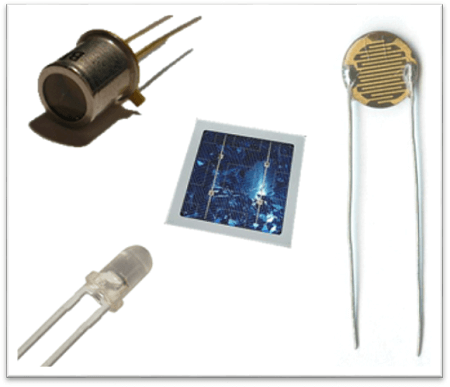Advantages and Disadvantages of Sensors

Sensors offer numerous advantages in various applications, providing valuable data for monitoring, control, and automation. However, like any technology, sensors also come with certain disadvantages. Here's an overview of the advantages and disadvantages of sensors:
Data Collection: Sensors enable the collection of real-time data on various physical parameters, allowing for accurate and timely monitoring of conditions.
Automation: Sensors play a crucial role in automation, facilitating the control of processes without human intervention based on the data they gather.
Efficiency: By providing continuous and accurate measurements, sensors contribute to the overall efficiency of systems and processes.
Improved Safety: Sensors are used in safety applications to detect and respond to potential hazards, enhancing the safety of industrial processes, vehicles, and other systems.
Cost Savings: In industrial settings, sensors can help optimize resource usage, reduce waste, and improve energy efficiency, leading to cost savings.
Diagnostic Capabilities: Sensors can be used for diagnostics, identifying issues or abnormalities in systems before they lead to more significant problems.
Environmental Monitoring: Sensors are vital for monitoring and assessing environmental conditions, including air and water quality, climate parameters, and pollution levels.
Enhanced User Experience: In consumer electronics, sensors contribute to features such as touchscreens, gesture recognition, and automatic adjustments based on user preferences.
Medical Applications: Sensors are extensively used in healthcare for patient monitoring, diagnostics, and the development of wearable health devices.
Smart Cities: Sensors play a key role in the development of smart city infrastructure, contributing to traffic management, waste management, and energy conservation.
Cost: High-quality sensors can be expensive, and the cost of deploying sensors on a large scale in certain applications may be a limiting factor.
Calibration and Maintenance: Sensors require regular calibration to ensure accuracy, and they may also need maintenance or replacement over time, adding to the overall cost.
Interference: Sensors can be affected by external factors such as electromagnetic interference, temperature fluctuations, or other environmental conditions, leading to inaccurate readings.
Complexity: In some applications, the integration of multiple sensors or complex sensor systems can increase the overall complexity of the system, requiring advanced technical expertise for maintenance and troubleshooting.
Power Consumption: Some sensors, especially those in portable or battery-operated devices, may consume significant amounts of power, affecting the device's overall battery life.
Limited Sensing Range: The sensing range of certain sensors may be limited, requiring careful placement and arrangement to cover a specific area adequately.
Security Concerns: Sensors in IoT devices and networks may pose security risks if not properly secured, leading to potential data breaches or unauthorized access.
Lack of Standardization: There may be a lack of standardization in sensor technologies, leading to compatibility issues and challenges in integrating sensors from different manufacturers.
Ethical Concerns: In applications such as surveillance or biometric sensing, ethical concerns related to privacy and data security may arise.
Environmental Impact: The production and disposal of sensors can have environmental consequences, particularly if they contain hazardous materials.
While the advantages of sensors are significant and have driven their widespread adoption, addressing the challenges and disadvantages is crucial for the continued improvement and responsible deployment of sensor technologies. Advances in technology and ongoing research aim to mitigate some of these limitations over time.
Thank you.